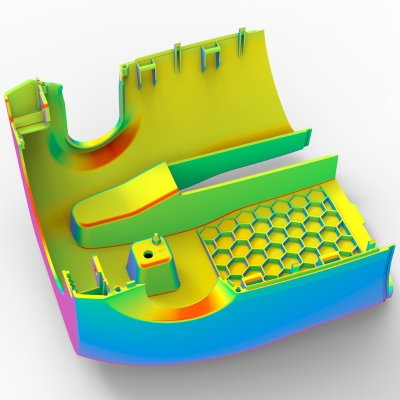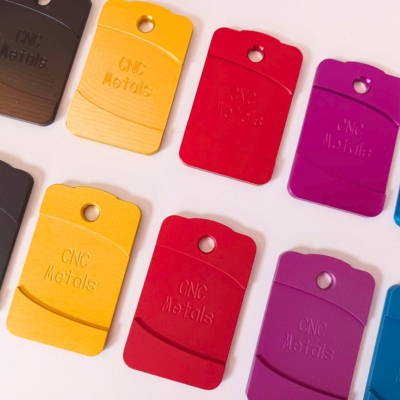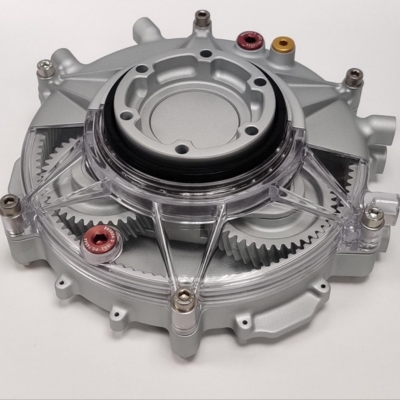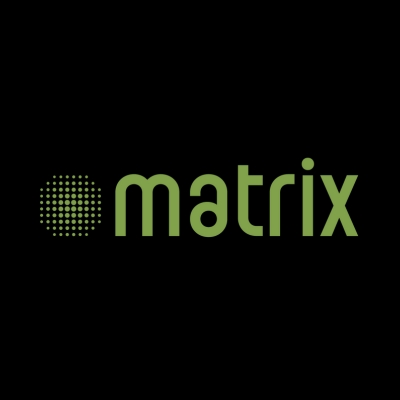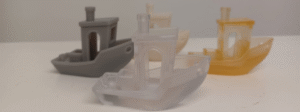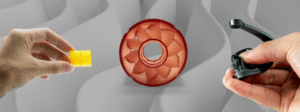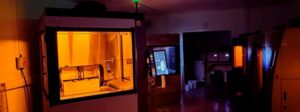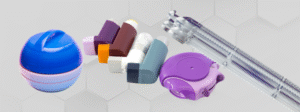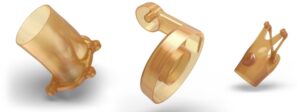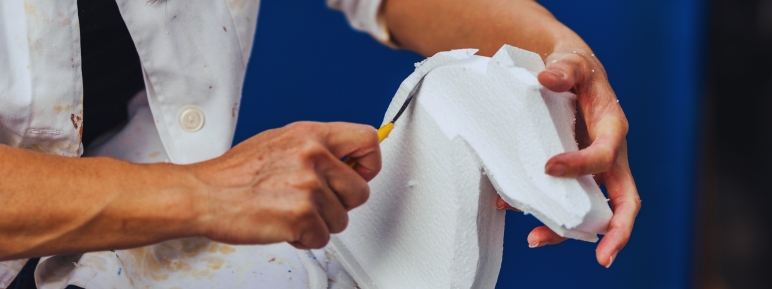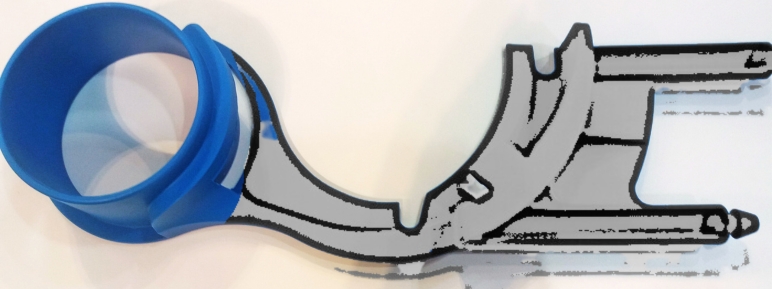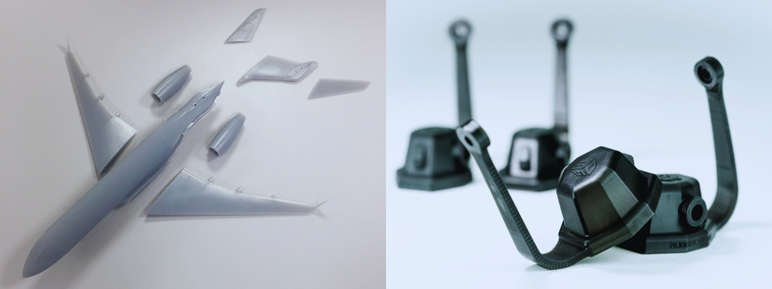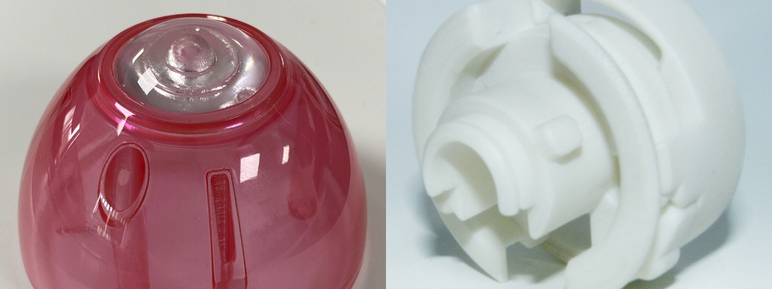- Services
- Materials
Injection Moulding
Moulded plastic components and prototype partsCNC Machining
CNC machined parts from 3 days3D Printing
Additive manufacturing with a choice of materials - overnight printing availableVacuum Casting
Resin casting for low volume production parts
Materials Datasheets
Browse our materials datasheets for details of physical, mechanical, and thermal properties.
- Resources
Latest News
Stay up to date with news and service-specific insights.Case Studies
Discover how engineers and designers use our services.Learning Hub
Your questions answered through videos and articles.Frequently Asked Questions
FAQs from Prototype ProjectsProcess Datasheets
Download detailed process datasheets.Material Datasheets
Explore materials for CNC Machining and 3D PrintingGuides & White Papers
Design guidance and insights from our technical team. - About
Our Story
Discover our journey and how we’ve evolvedOur Team
Meet the people behind the partsOur Values
Understand what drives usOur Plant List
Explore our in-house equipment and technologiesOur Vacancies
See the roles we’re hiring forMatrix
Get instant quotes and place ordersApply for an Account
Open a credit account and pay by Direct Debit
Matrix | Instant Quotes
Get an instant quote for your SLS, SLA, and DLP 3D printed parts in just a few clicks.
- Home
- 3D Printing
- SLA – Stereolithography
3D printing with stereolithography (SLA)
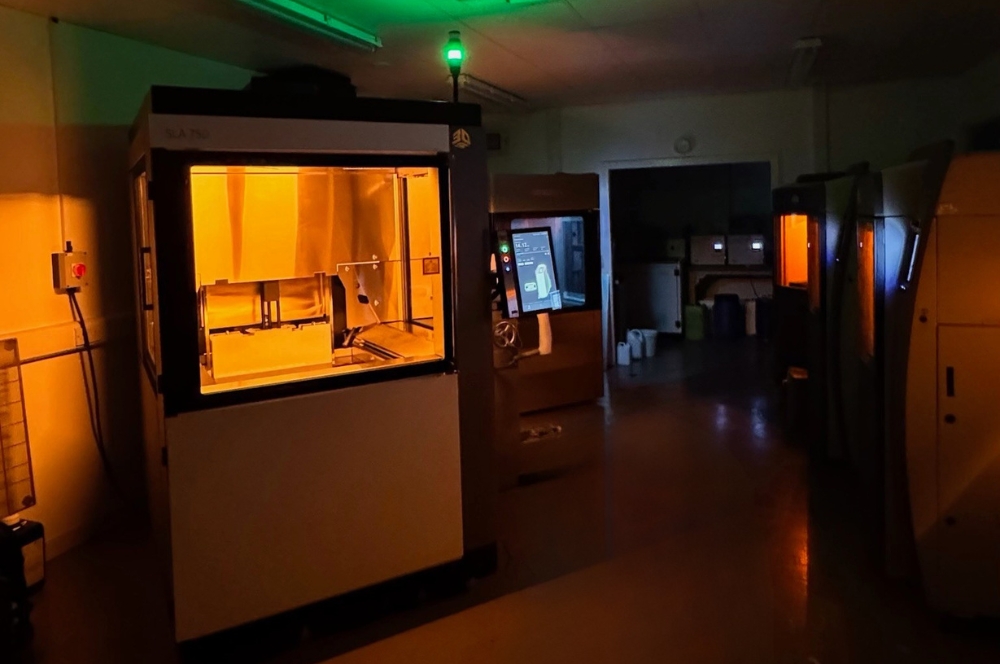
What is stereolithography (SLA) prototyping?
Stereolithography apparatus (SLA) produces 3D printed parts by curing photopolymer resins with light. It is more accurate and produces smoother surfaces than some other 3D printing technologies, yet it is quick.
What is the SLA 3D printing build process?
SLA parts are built layer by layer. A computer-controlled laser beam scans the surface of the resin bath, with the first cured layer being supported by the machine’s bed. After the first layer has been completed, the bed is lowered into the resin by a distance equal to the layer thickness, then the laser scans the surface to cure the next layer and fuse it to the layer beneath.
If necessary, support structures are built to prevent overhanging features from distorting during the build process. When the part is complete, the bed rises out of the resin bath to enable the part to be retrieved. Support structures are removed, the part is cleaned and any additional finishing processes applied.
When is SLA used for 3D printing prototypes?
SLA 3D printing is applicable to concept models, visual models, functional prototypes, masters for vacuum casting and patterns for investment casting.
Most SLA parts we produce are prototypes for components that will ultimately be injection moulded from engineering plastics.
SLA prototyping capabilities
We have a range of SLA machines, all manufactured by 3D Systems, with build volumes (XYZ mm) and material options as follows:
- 1 x SLA 750: 750 x 750 x 550 (Matrix Clear)
- 4 x Projet 6000: 250 x 250 x 250 (Matrix Cream, Matrix Clear, Matrix Grey)
- 1 x Projet 7000: 380 x 380 x 250 (Matrix HT300)
- 1 x Neo 450: 450 x 450 x 400 (Matrix Grey)
Ultra High Definition build mode is used as standard, with a dual-spot intelligent scanning laser: fine point scanning for borders and small features, and broader scanning for infill hatching.
For more information, download our SLA Process Guide and see our 3D printing materials page.
Characteristics of SLA 3D printed parts
SLA 3D printing produces accurate parts with detailed features and excellent surface quality, as well as good strength, stiffness and dimensional stability.
Depending on the technical requirements and the material used, SLA parts are clear and opaque (in grey and cream), and resistant to elevated temperatures and moisture.
SLA parts are not porous and their material properties are essentially isotropic – which is in contrast to SLS and FDM 3D printing.
See our page about materials for 3D printing for further information.
Finishing options for SLA 3D printed parts
After being taken out of the 3D printer, parts are washed, support structures and witness marks are removed where necessary, and they are inspected visually. For our Overnight production speed, parts can also be lightly bead blasted.
If customers opt for our 3, 7, or 12 day production speeds, additional finishing options include build line removal, lacquering, painting, application of a ‘soft feel’ coating to external surfaces, and a blackout/EMI/RFI coating can be applied inside. Assembly operations can be performed, such as installing threaded inserts.
See our Finishing options page to find out more.

Get started today
Get an instant quote and benefit from 10% off every order with Matrix, our online platform.
Upload your CAD file today and receive instant pricing on your next project. Fast, simple, and supported by a UK-based team with decades of experience.
For all other quote requests, please use the form below.
Request a Quote
Please Note: requests for our 3-Day production speed must meet our 3-Day criteria. All final data for our 3-Day production speed is required by 4.30pm.
To request a quote for any of our other technologies/services, such as Vacuum Casting, Model Making and Laser Cutting, please complete this contact form.
SLA 3D Printing FAQ
What is SLA 3D Printing?
SLA (stereolithography) is a resin-based 3D printing process that uses a UV laser to cure liquid resin into solid parts, layer by layer. It is one of the earliest 3D printing technologies and is known for its ability to produce high-accuracy parts with smooth surface finishes and fine detail.
What are the common uses of SLA 3D Printing?
SLA is widely used for models, prototypes and functional parts that require excellent detail, accuracy and surface finish. Typical applications include concept models, master patterns for vacuum casting, medical models, presentation models and functional prototypes. It’s particularly useful when fine detailing or a high-quality cosmetic finish is required.
Is SLA suitable for function parts or just prototypes?
SLA is most commonly used for prototypes and fit checks, but depending on the material, some SLA parts can be used for short-term functional testing or even low-stress end-use applications. For more demanding functional parts, especially where toughness or flexibility is needed, SLS may be more appropriate.
How accurate is SLA 3D Printing?
SLA is one of the most accurate 3D printing methods, capable of producing fine features and thin walls with tight tolerances. It’s well suited to complex geometries and assemblies with critical dimensions. While Micro 3D Printing offers even finer resolution (albeit at micro sizes), SLA strikes an excellent balance between accuracy, surface finish, and part size.
What materials are available for SLA at Prototype Projects?
We offer a carefully selected range of SLA materials designed for prototyping and functional testing. These include:
Matrix Clear: Water-clear, similar properties to polycarbonate, with good moisture resistance. Can be lacquered or painted, and tapped or have inserts installed. USP Class VI capability for patient contact applications.
Matrix Cream: Cream-coloured with good flexibility, similar properties to polypropylene. Can be lacquered or painted, and tapped or have inserts installed.
Matrix Grey: Grey-coloured, similar properties to ABS. Can be lacquered or painted, and tapped or have inserts installed.
Matrix HT300: Ultra-high temperature-resistant rigid plastic engineered to withstand the harshest thermal environments.
Each resin offers different properties such as strength, heat resistance, or optical clarity; our team can help you choose the most suitable one. Compared to other technologies, SLA resins offer better surface detail but may not have the durability of SLS nylon.
To find out more about each material, visit our Materials Datasheets page.
What are the benefits of SLA 3D Printing?
SLA produces highly detailed parts with excellent surface finish. It’s especially useful for visual prototypes and parts with tight dimensional requirements. Compared to SLS, SLA offers smoother surfaces and sharper details. Compared to DLP, SLA can produce larger parts (especially with our SLA 750 machine) and offers a wider choice of general-purpose resins.
How is SLA different from other prototype technologies?
SLA uses a laser to cure liquid resin into solid layers, making it excellent for highly detailed, smooth parts. Compared to SLS, which uses nylon powder to create strong and durable parts, SLA offers greater surface quality and finer detail but is generally more brittle. DLP is similar to SLA but uses a projector rather than a laser, making it faster for small, intricate parts. For functional prototypes that need strength or flexibility, SLS or CNC machining may be more suitable, while SLA remains the best choice for fine detail and visual models.
What design guidelines should I follow for SLA parts?
When designing for SLA, it’s important to allow for wall thicknesses of at least 0.6 mm for small features and 1 mm for larger surfaces, with additional support for delicate structures. Our SLA 750 machine enables the production of large-format parts with fine detail and smooth surfaces, making it suitable for both intricate prototypes and bigger models. Parts may require support structures during printing, which are removed during post-processing. If your design is especially large or delicate, our team can advise on adjustments to optimise print success and finish.
What are the lead times for SLA 3D Printing?
We offer a range of production speeds to suit your project needs. SLA 3D printed parts can be delivered via our Overnight service, or you can choose from 3, 7, or 12 working day turnaround options depending on your timescales and budget.
Can I get an instant quote for SLS 3D Printing?
Yes. Our online Matrix system allows you to upload your files, get an instant quote and place your order directly for SLS 3D printed parts (as well as for SLA and DLP parts). You can also select your required production speed and finishing options, making it quick and simple to manage your projects.
Our latest SLA Prototyping news
Model Making & Workshop team
Our model making and AP/AM workshop team deliver high-quality 3D printed and vacuum cast prototype parts. We offer next day dispatch on SLS, SLA and DLP. Request a quote for your next prototype project.

Gemma Zouher-Lewis
RP Team Leader
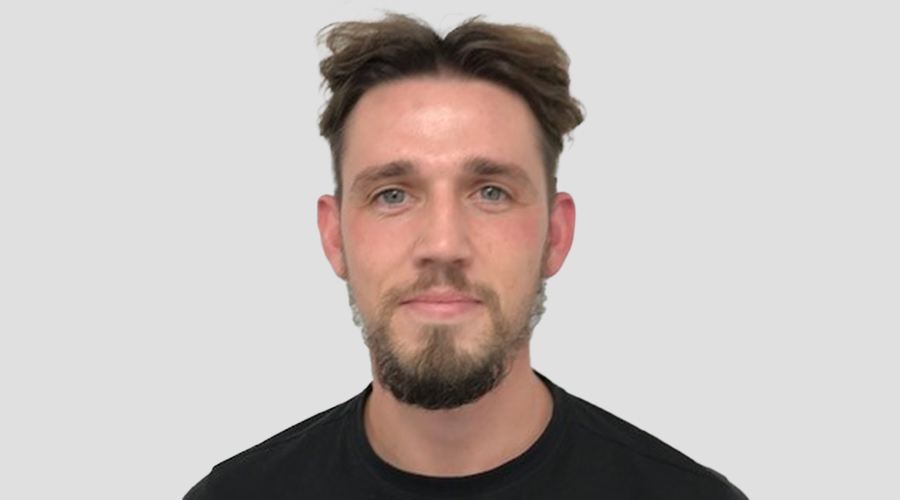
Jordan Cooney
RP Technician

Chris Johnson
RP Technician

Leon Willis
Workshop Assistant/Delivery Driver
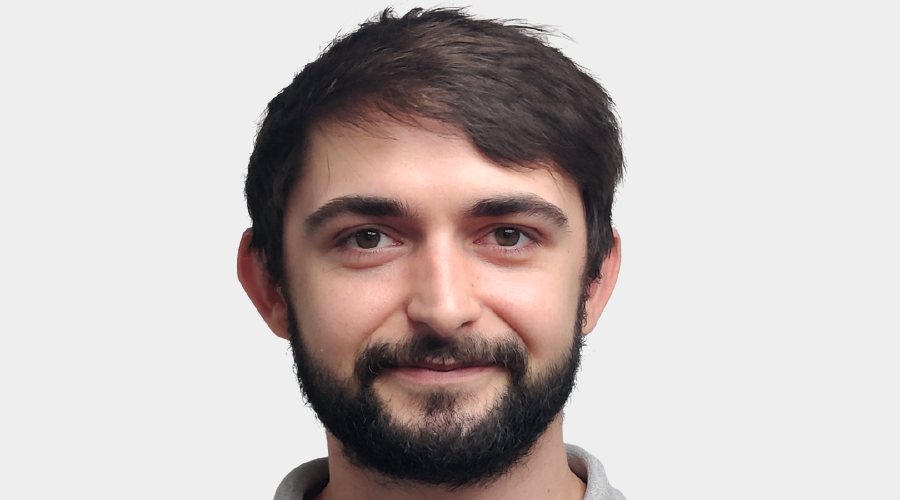
Adam Sharkey
Technical Project Manager

Alex Barnett
Senior RP Technician

Luke Webb
Senior 3D CAD Technician

Oliver Pringle
3D CAD Technician

